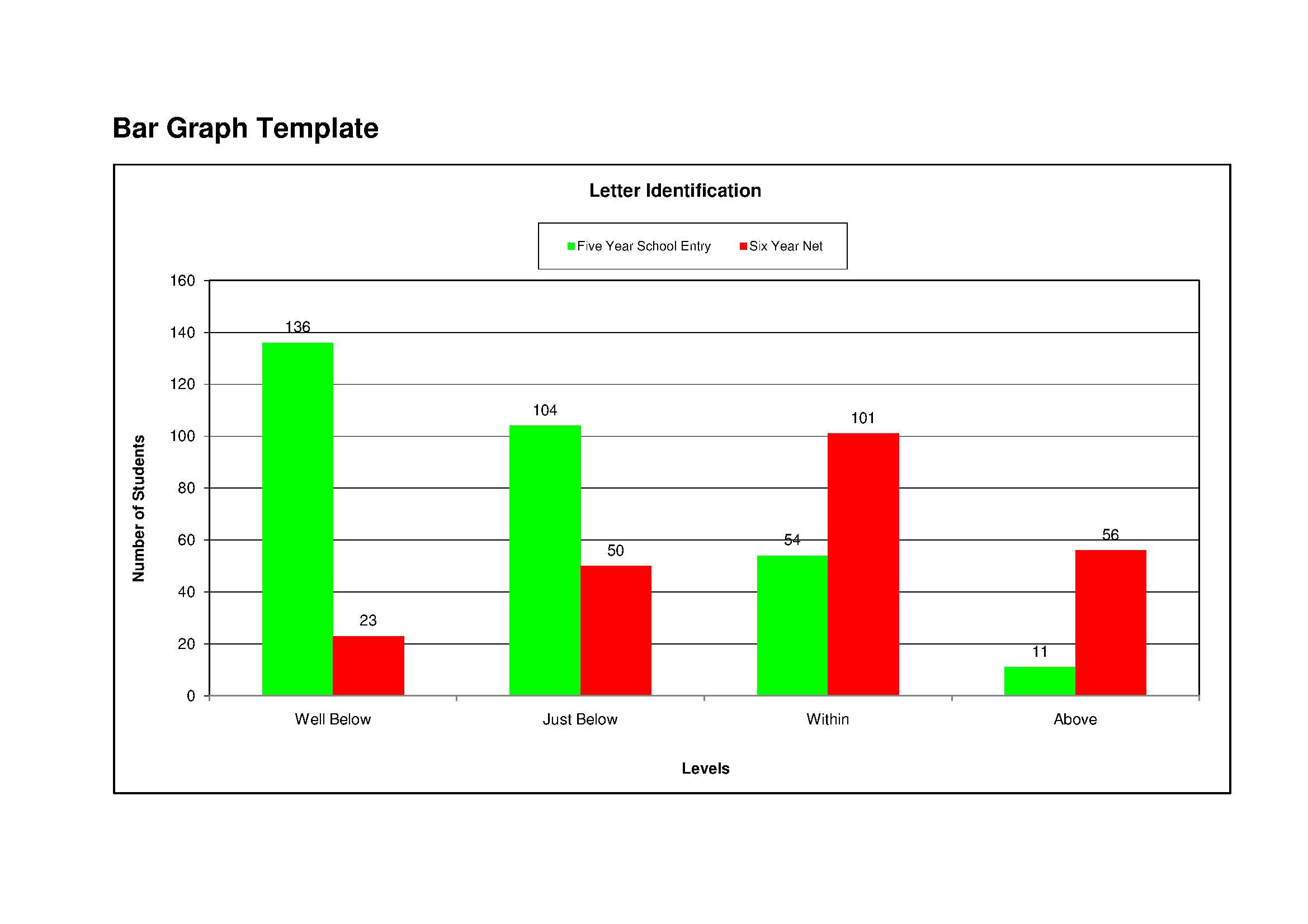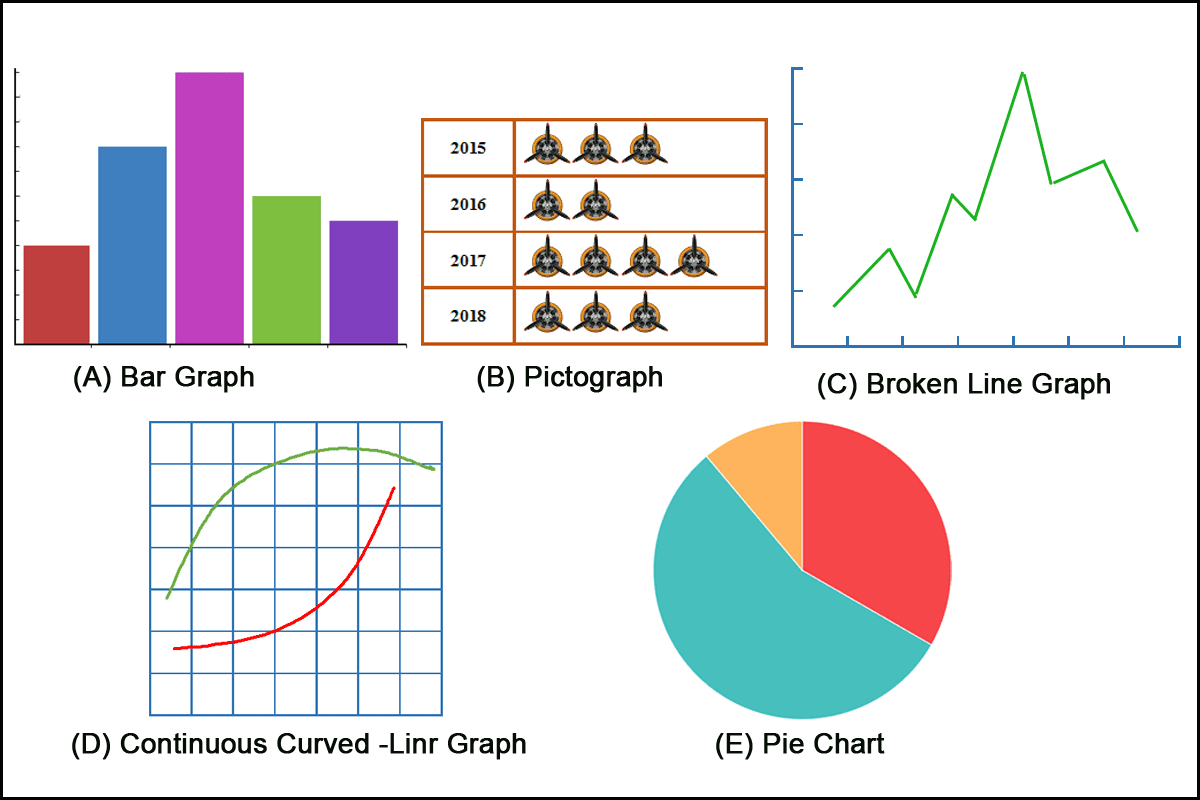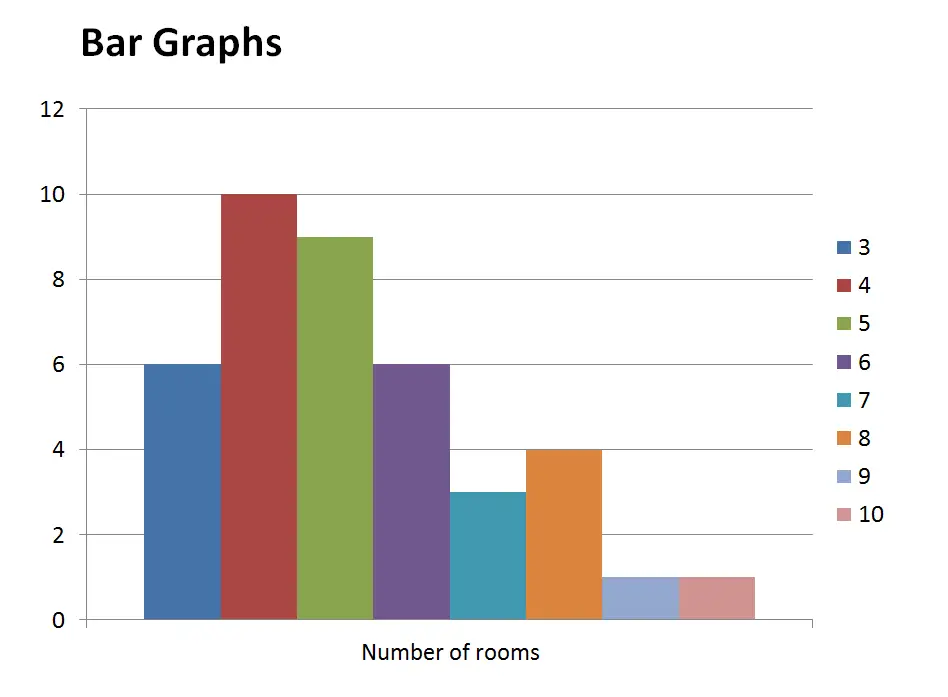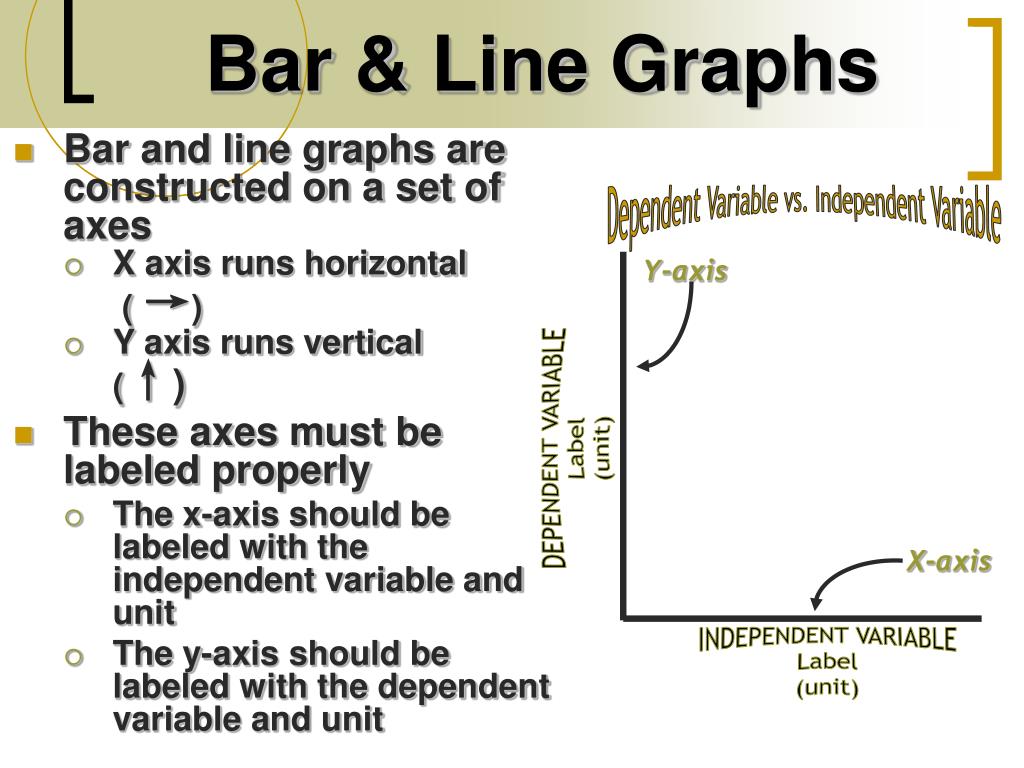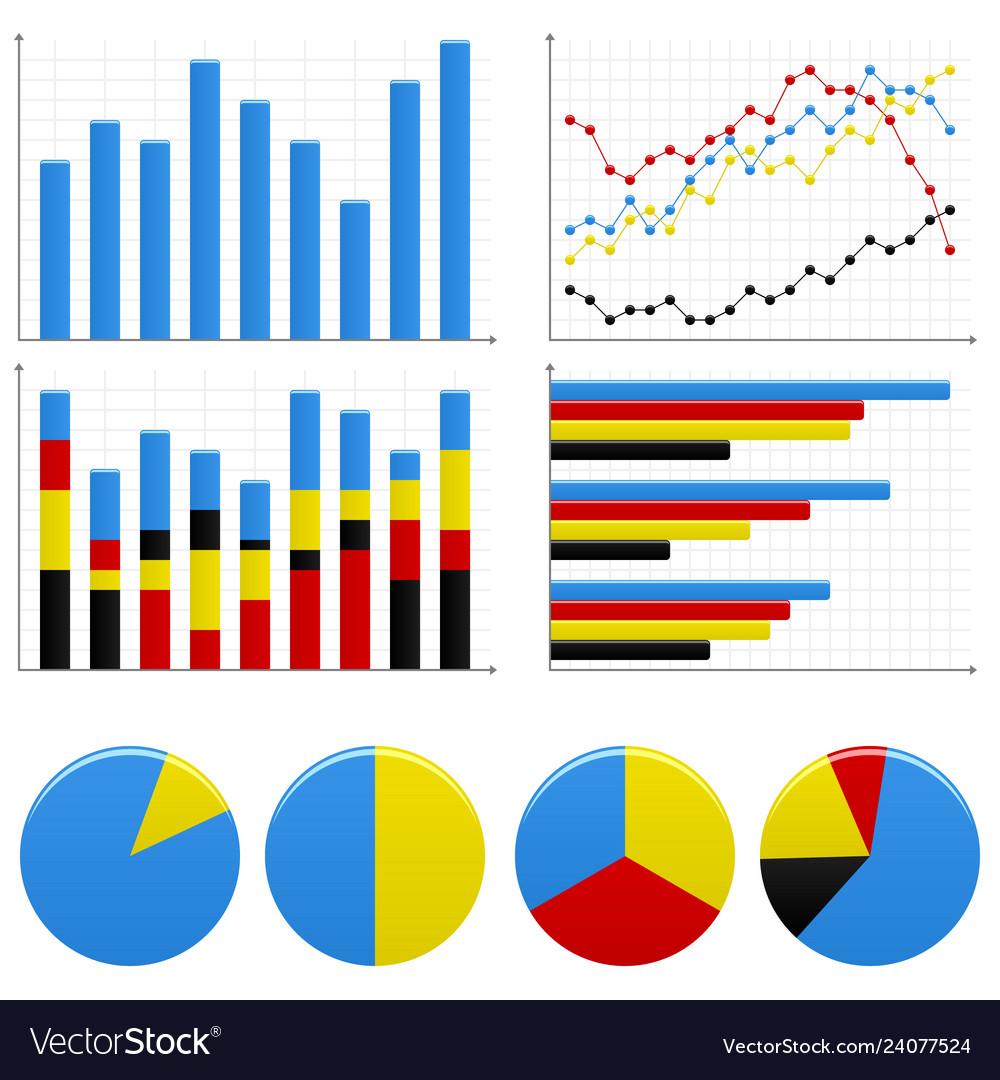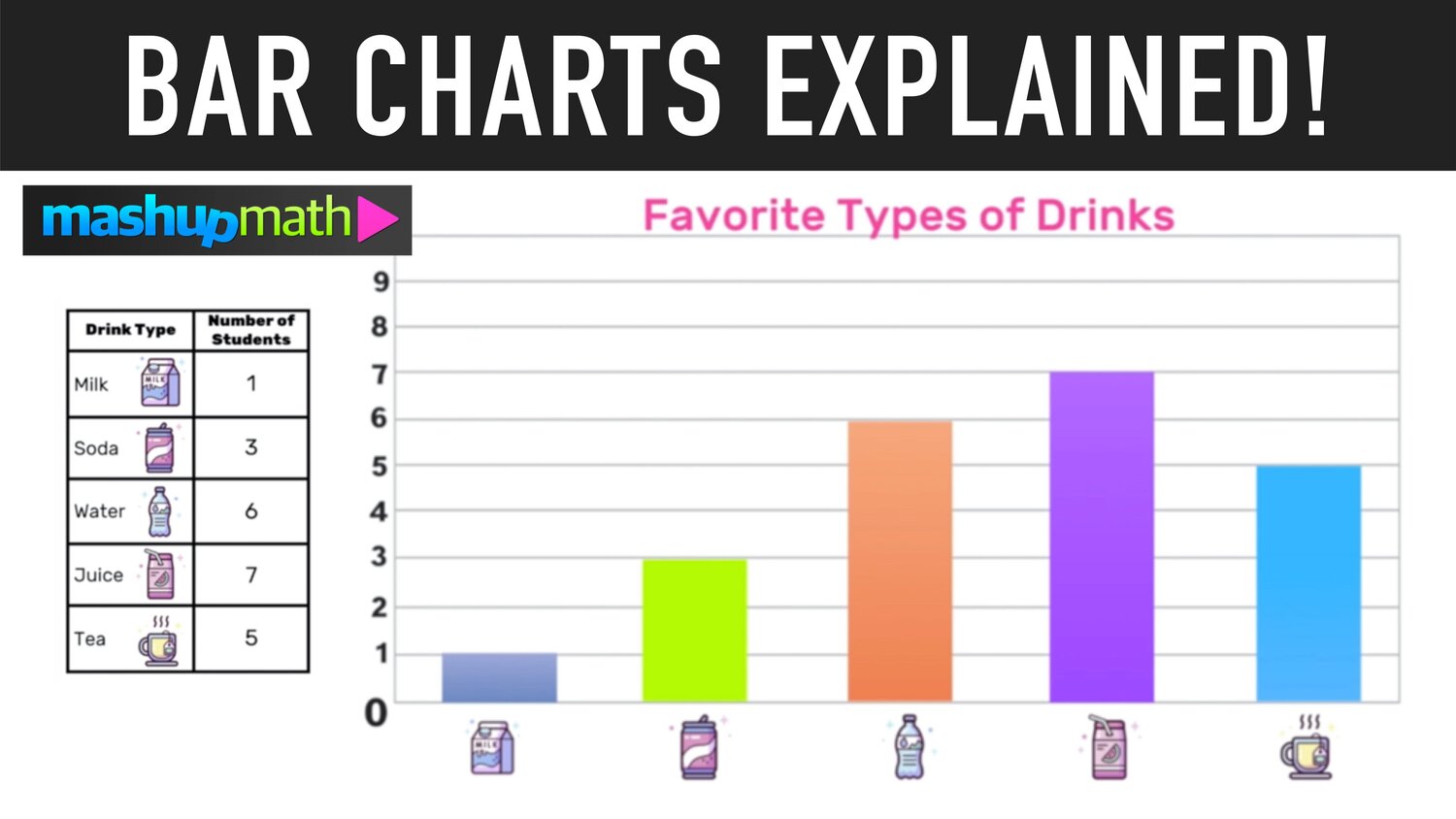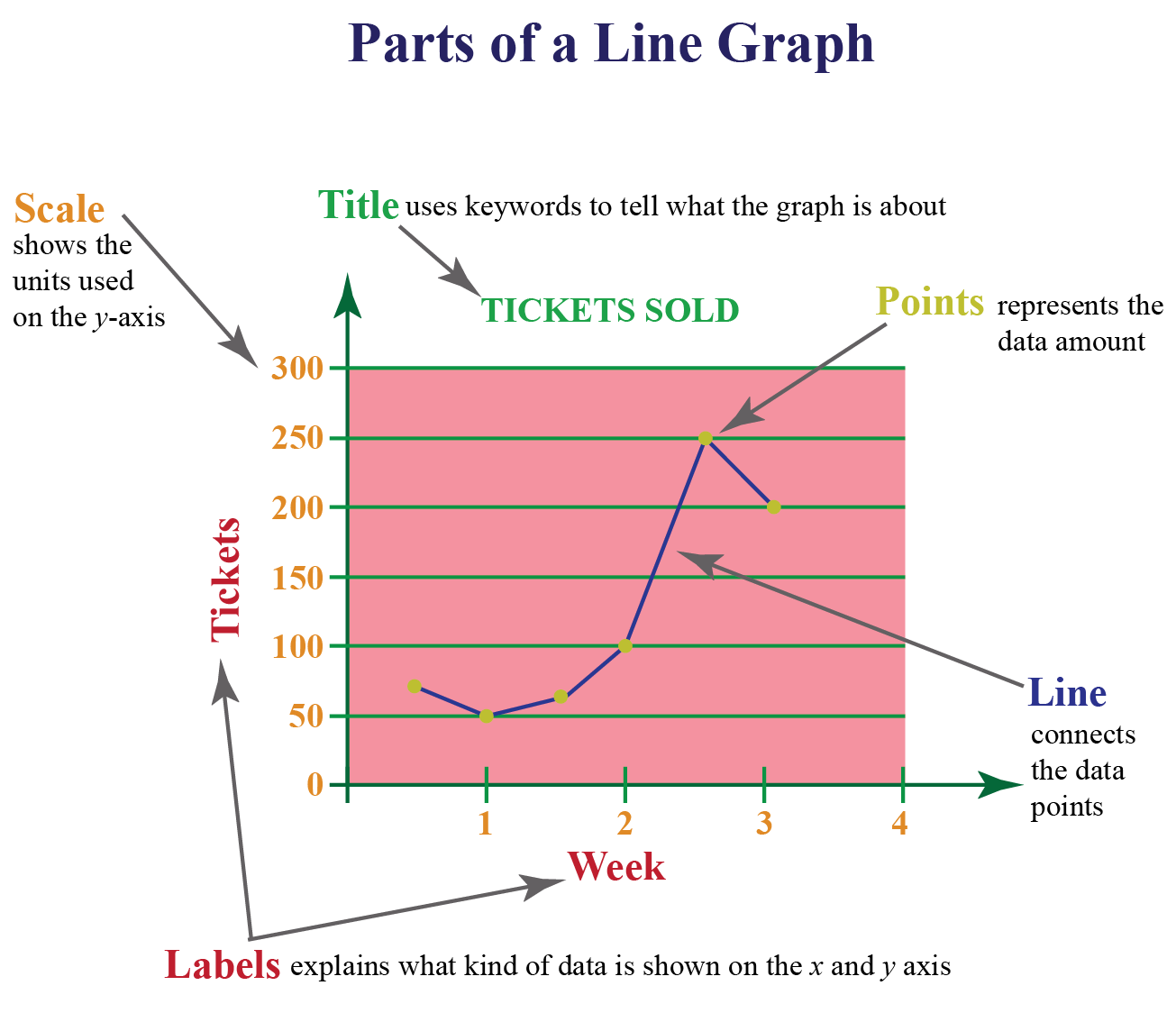Smart Info About What Are Line And Bar Graphs Graph In Seaborn
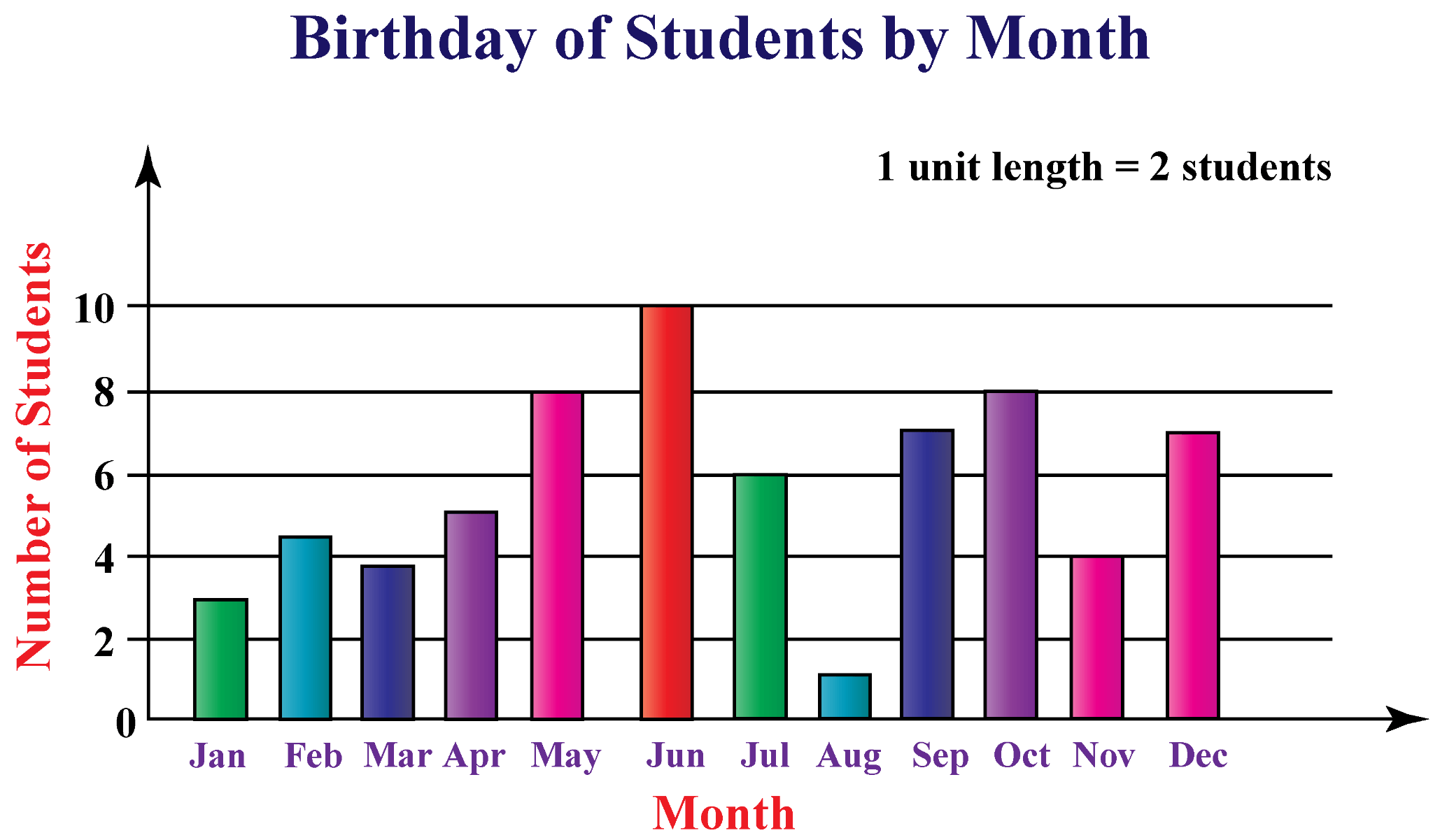
A line graph or otherwise said line chart, a line chart, is classified as a chart that represents with its graphical visualization the floating value of something over the periods of the prescribed time.
What are line and bar graphs. The horizontal axis depicts a continuous progression, often that of time, while the vertical axis reports values for a metric of interest across that progression. Bar graphs show data with blocks of different lengths, whereas line graphs show a series of points connected by straight lines. The adobe express bar graph creator makes it simple to enter your information and turn it into a bar chart.
A bar chart (aka bar graph, column chart) plots numeric values for levels of a categorical feature as bars. Each categorical value claims one bar, and. Line graphs, also called line charts, are used to represent quantitative data collected over a specific subject and a specific time interval.
A bar graph (also called bar chart) is a graphical display of data using bars of different heights. A bar graph can be defined as a graphical representation of data, quantities, or numbers using bars or strips. Whenever you hear that key phrase “over time,” that’s your clue to consider using a line graph for your data.
A bar graph, also known as a bar chart, is a graphical display of data using bars of different heights or lengths. What is the overlay line on each bar in a bar chart?
Just like other types of graphs and charts, line graphs are composed of a vertical and a horizontal axis. Picture a world awash in data, a landscape where every number tells a story. Line graph will be discussed in detail below.
In the spotlight are two stellar showrunners: Asked 8 years, 4 months ago. Each bar represents a category of data, and the size of the bar represents the value or frequency of the category it corresponds to.
I'm trying to learn myself with data visualization and when i'm going through the bar chart i'm stuck with the following thing. Bar charts are also known as bar graphs. For example, the above graph shows how many students like which season.
Bar charts highlight differences between categories or other discrete data. Line graphs (or line charts) are best when you want to show how the value of something changes over time, or compare how several things change over time relative to each other. A bar graph (also known as a bar chart or bar diagram) is a visual tool that uses bars to compare data among categories.
Line graphs, bar graphs and pie charts. When the data is plotted, the chart presents a comparison of the variables. Line graphs show how data changes over time or space.
This leads to a very different appearance, but the biggest difference is that bar graphs are more versatile while line graphs are better for showing trends over time or another measure with a logical. If your dataset includes multiple categorical variables, bar charts can help you understand the relationship between them. Levels are plotted on one chart axis, and values are plotted on the other axis.


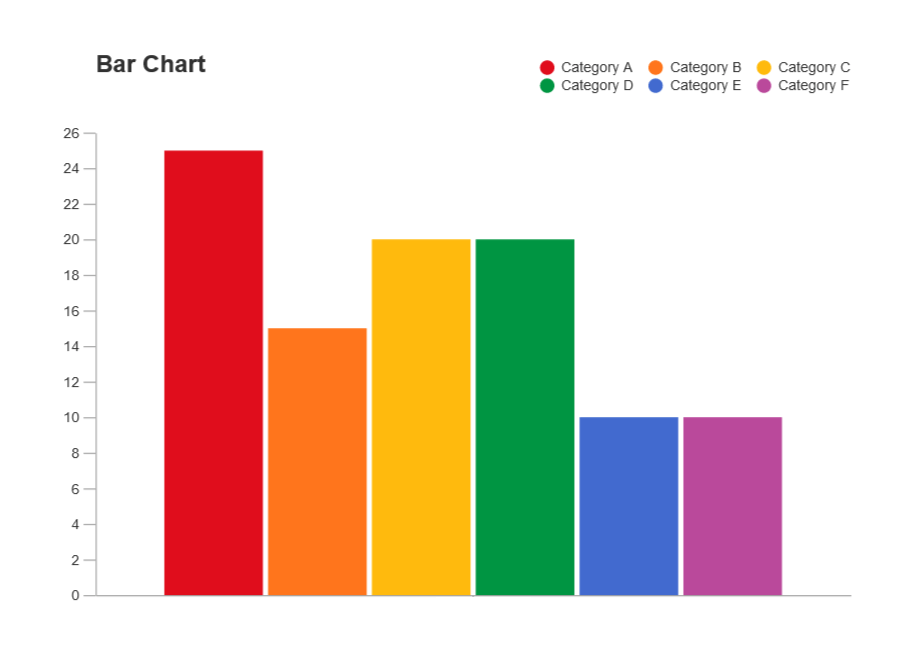
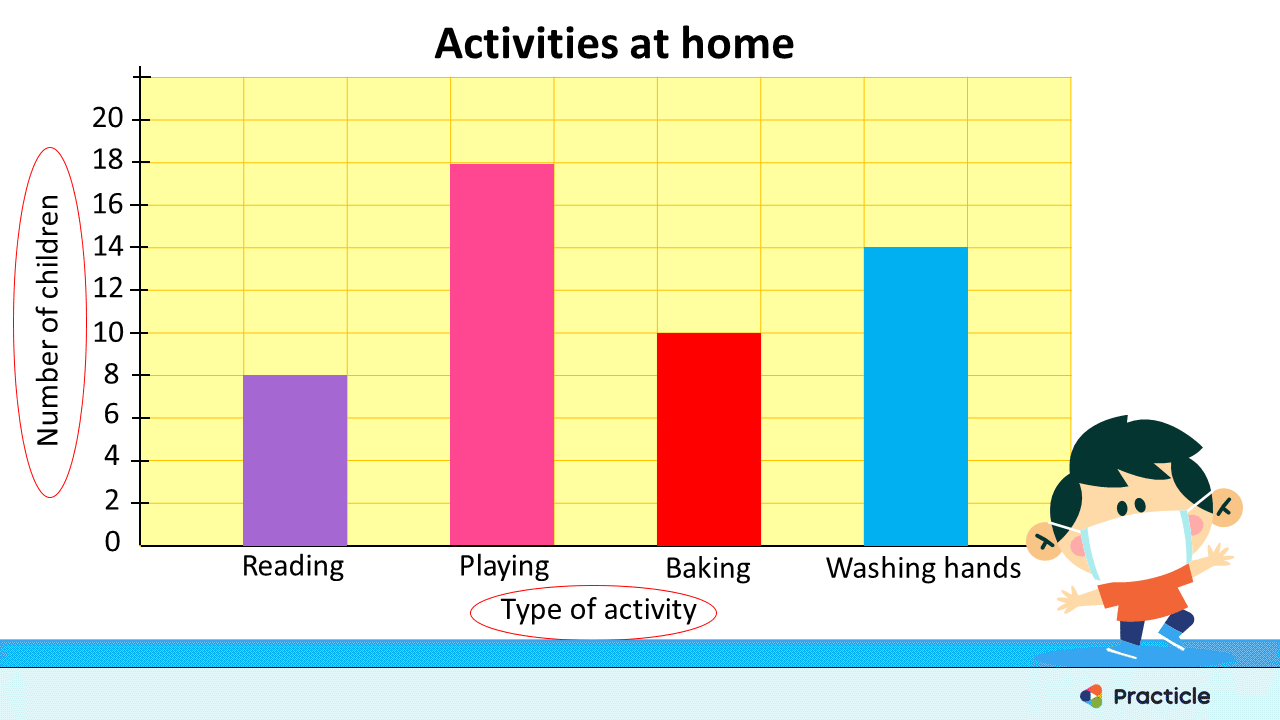
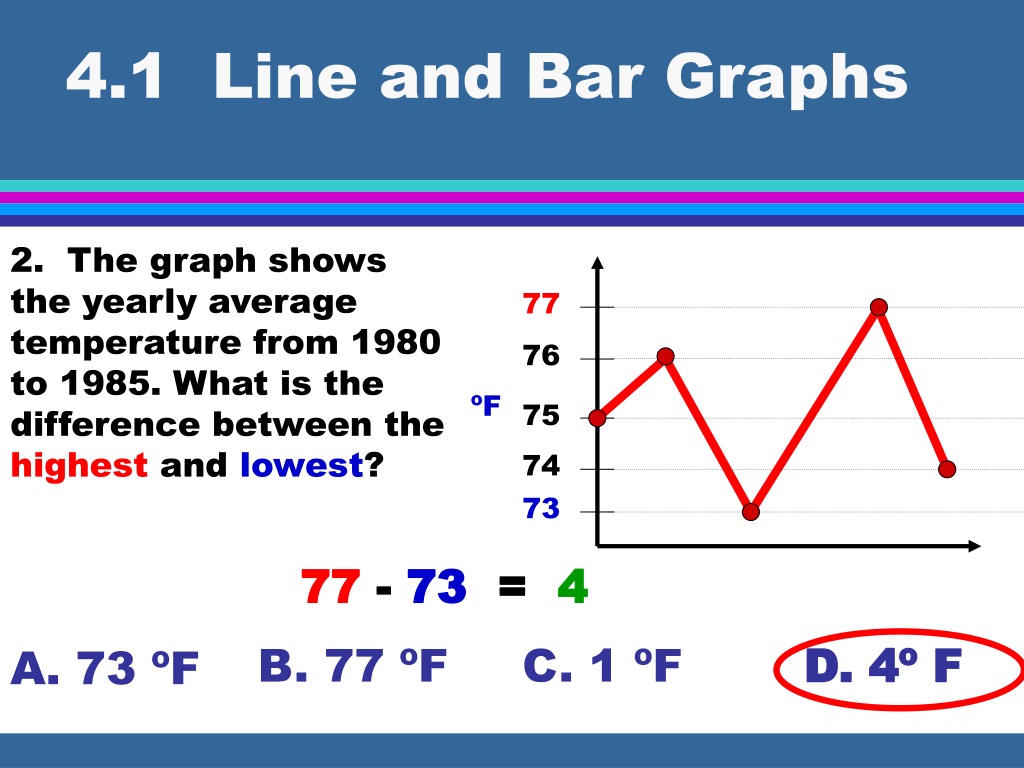




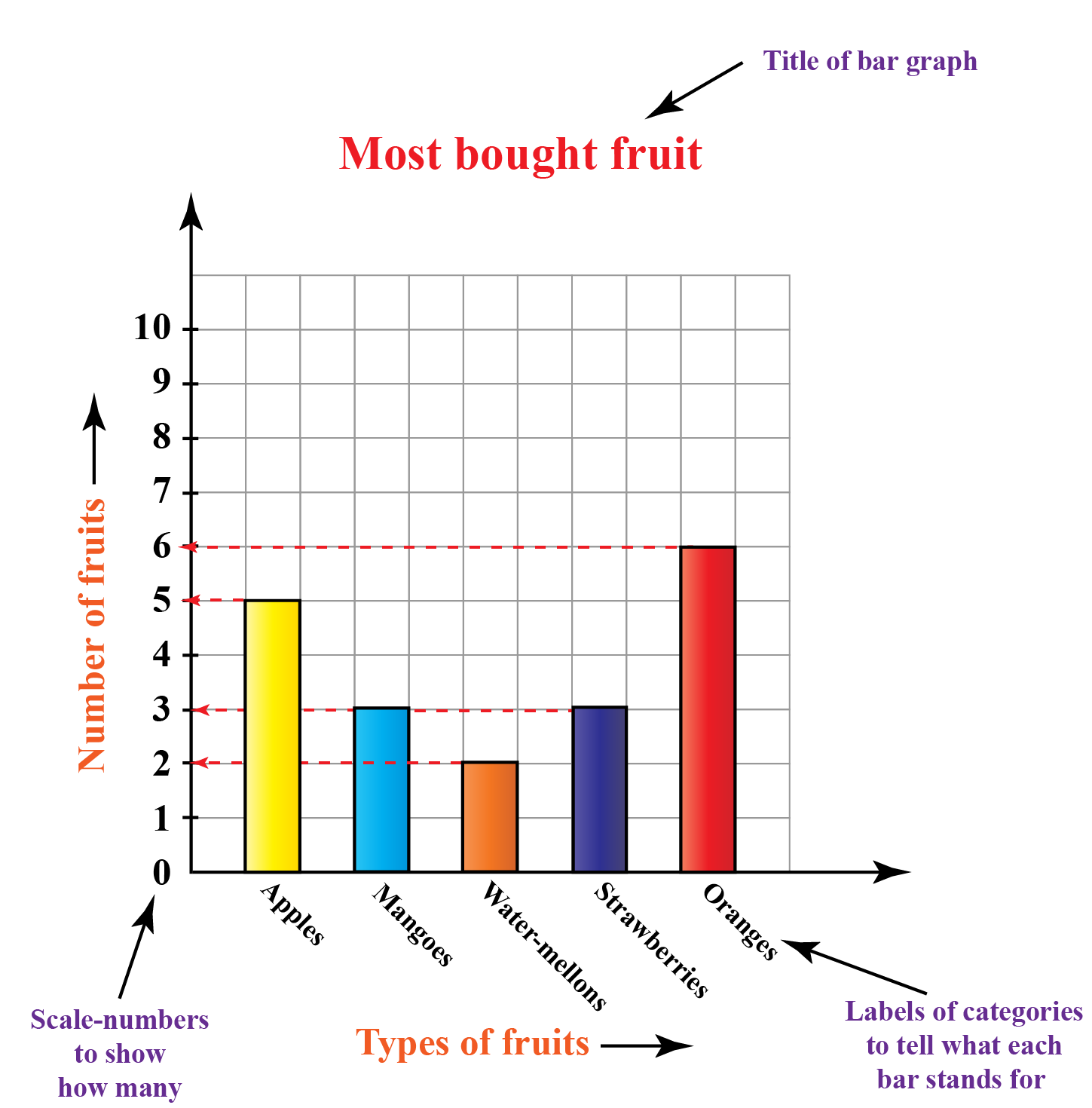
![What is Bar Graph? [Definition, Facts & Example]](https://cdn-skill.splashmath.com/panel-uploads/GlossaryTerm/7d3d0f48d1ec44568e169138ceb5b1ad/1547442576_Bar-graph-Example-title-scale-labels-key-grid.png)
